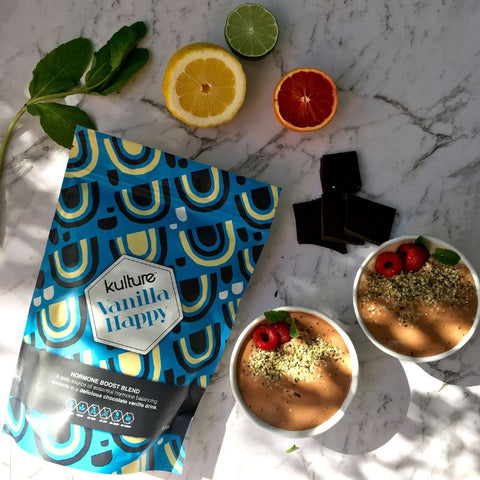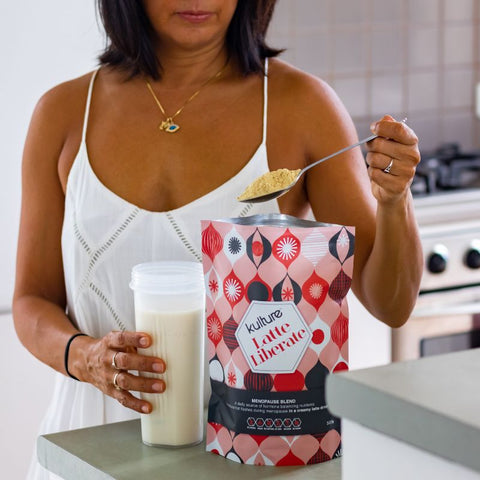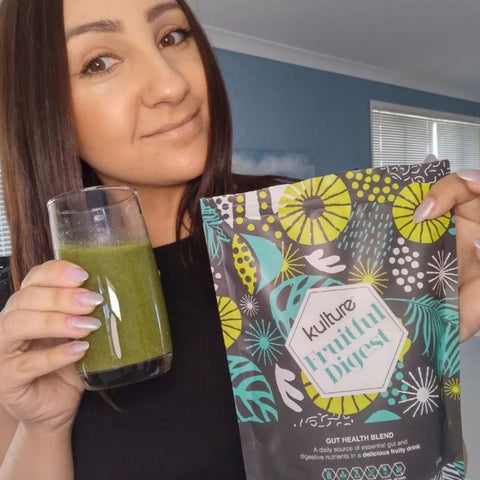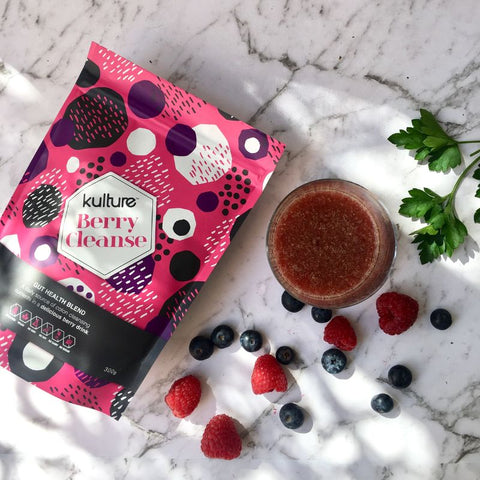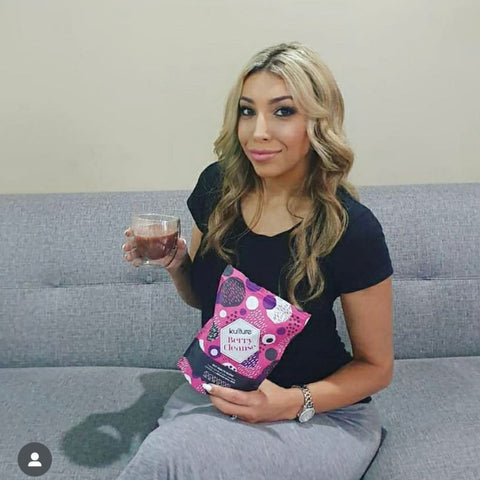Did you know that chocolate is good for your health and has a lot of proven health benefits? This well loved treat is popular not just during holidays but all year round - with the industry making $21.1 Billion in sales in 2017. That number is expected to keep growing with the increase in growth expected from premium products and dark chocolate product sales.
Everyone likes chocolate, most people love it. And why not? It’s delicious! Giving it makes you thoughtful and well liked, receiving it makes you feel all warm and fuzzy inside. Eating it gives a tickle to your brain’s pleasure centres that makes you want more.
Or that could just be the sugar talking. You see, there is a big difference between the different major different types of chocolate, milk chocolate and dark chocolate. One major difference is the sugar content.
Dark chocolate contains less sugar and no dairy
For some milk chocolate arguably tastes much better than dark chocolate. It is sweeter, creamier, and goes down well with no bitter taste. Real dark chocolate, on the other hand, has a slightly bitter taste, however I recommend starting with a 70% dark chocolate before launching into say an 85%. Dark chocolate is made with a high percentage of cacao (which is required to be at the very least, 35% of cocoa solids). It’s also made with very small amounts of sugar and no milk products are required to be added. Perfect if dairy upsets your tummy.
More Cacao, more healthier
Milk chocolate contains less of the original cocoa bean than dark chocolate. It is most often diluted with sugar, cream, and milk solids to achieve that sweet, creamy taste we’ve all come to love. The lower cacao solids content also makes it somewhat less nutritious than its dark counterpart. The cacao solids give chocolate its nutritional edge by containing key compounds such as Phenylethylamine, Flavonoids and Theobromine. So the less cocoa solids it has, the less of these nutritional compounds are available.
Milk chocolate contains more sugar
Milk chocolate has more sugar, thus more carbs and more calories than dark chocolate. 100g of milk chocolate has a whopping 52g of sugar, whereas Lindt 78% dark chocolate has 18g of sugar. The sugar content in milk chocolate vary among brands. Here’s a snapshot of the sugar content of some popular brands:
- Snickers bar (50g): 6.45 teaspoons of sugar
- Mars bar (58g): 6.51 teaspoons of sugar
- Milky Way bar (52.2g): 7.75 teaspoons of sugar
- Twix bar (57g): 6.12 teaspoons of sugar
- Milk chocolate M&M's packet (60g): 7.75 teaspoons of sugar
Dark chocolate is simply better for you
Dark chocolate has fewer carbs because it has half the sugar (sometimes not even), and has four times the fibre. A 100-gram bar of dark chocolate with 70–85% cocoa contains: 11 grams of fibre, 67% of the RDI for iron, 58% of the RDI for magnesium, 89% of the RDI for copper, 98% of the RDI for manganese, and has plenty of potassium, phosphorus, zinc, and selenium. It is ultimately better for you than milk chocolate by a long shot.
Not all dark chocolate is equal
If you're looking for a relatively healthy dark chocolate, you can't go past Lindt 70%, 78% or 85%. The sugar content in these are significantly lower than the milk chocolate alternatives.
- 70% dark chocolate Lindt (50g): 3.62 teaspoons of sugar
- 78% dark chocolate Lindt (50g): 2.25 teaspoons of sugar
- 85% dark chocolate Lindt (50g): 1.37 teaspoons of sugar
Be careful of the Lindt flavours range such as dark chocolate with orange, chilli, sea salt, lime, coconut etc., as these have much higher sugar content of approximately 5.48 teaspoons of sugar which is similar to a Snickers bar.
References:
https://www.medicalnewstoday.com/articles/262978.php
https://www.healthline.com/nutrition/7-health-benefits-dark-chocolate#section1




